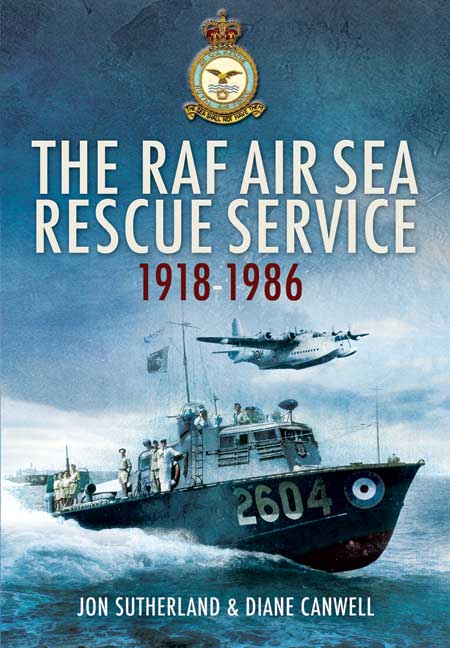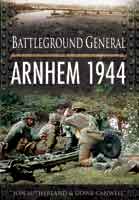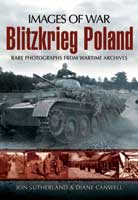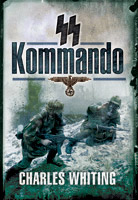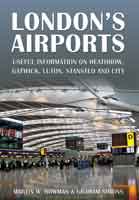The RAF Air Sea Rescue Service 1918-1986 (Paperback)
Imprint: Pen & Sword Aviation
Pages: 256
Illustrations: 50 black and white illustrations
ISBN: 9781848843035
Published: 14th April 2010
Last Released: 21st June 2021
(click here for international delivery rates)
Order within the next 11 hours, 18 minutes to get your order processed the next working day!
Need a currency converter? Check XE.com for live rates
| Other formats available | Price |
|---|---|
| The RAF Air Sea Rescue Service… ePub (21.3 MB) Add to Basket | £6.99 |
Between 1918 and 1986 the marine branch of the Royal Air Force provided rescue facilities, support and other services to this armed service. In its pre-1941 guise as the Air Sea Rescue service, the RAF had an inventory of over 200 motorboats, supported by float aircraft engaged in rescue, towing, refueling and servicing RAF aircraft. Amongst the many characters of this early period was none other than Lawrence of Arabia.
The Marine Craft Section itself came into existence in February 1941 as a direct result of the compelling need to retrieve downed pilots from the sea. Initially the craft were lightly armed, but as the chivalry between the British and the German rescue services deteriorated, the launches became heavily armed craft, not only capable of defence but also attack. They were supported by a wide variety of aircraft, including Lysanders and Walruses. The ASR was involved in Dieppe and D-Day and operated in the Mediterranean and the Far East. During the war years alone over 13,000 aircraft crew were saved by the ASR service, in addition to the many hundreds of other servicemen whose vessels had been hit by mines or had fallen prey to submarines
Jon Sutherland has written extensively on military history and warfare. Much of his previous work has concerned the American involvement in the European in World War I and the European theatre of World War II. Diane Canwell has written works on Crete and the Viking era and is much involved in the research for this book. Using an extensive network of former members of the service, the authors propose to intersperse the descriptive chapters with short first-person accounts of particular episodes throughout the service's history.
"This is an interesting and useful book shedding light on an innovative and heroic part of the RAF".
Flying in Ireland
Read the review here
My interest in the RAF’s Air Sea Rescue Service was first awakened by illustrations, in boys’ comics of the 1960s, of high-speed launches dashing out to save downed aircrew in the teeth of enemy E-boats, blazing away return fire from deck-mounted aircraft turrets or of a waddling Supermarine Walrus alighting on the waves alongside a rubber dinghy to perform a dangerous and heroic rescue.
Ulster Aviation Society
Its original tasks, as the Marine Craft Section in its early days at the end of the First World War and into the 1920s, we’re more prosaic, tending and servicing the RAF’s flying boats and seaplanes, though standby, inshore motorboats were soon introduced, with provision for the carriage of stretchers. The authors cover the first decade in the opening chapter and include the extremely useful contributions of Aircraftman TE Shaw, better known as Lawrence of Arabia, particularly with regards to the development in the 1930s of high-speed launches, as well as other purpose-built craft of increasing size, capability and sophistication.
Lessons hard-earned at Dunkirk and especially during the Battle of Britain resulted, early in 1941, in the creation of the Air Sea Rescue Service as a Directorate within Coastal Command, adopting the motto, ‘The Sea Shall Not Have Them.’ Its three primary responsibilities and five major problems are clearly laid out and how the eventual solutions were found are well-described. These included faster, armed and armoured launches, better aircrew dinghies and sea-survival equipment, air-droppable lifeboats, more capable dedicated search aircraft and the establishment of an Air Sea Rescue School in 1943.
Detailed descriptions of rescues are also included - in home waters, the Mediterranean, the Middle East, West Africa, the Far East and the Indian Ocean, as far afield as the Cocos Islands. In all 13269 lives were saved and by 1945 the Service had over 300 high-speed launches.
Post-war brought the inevitable contraction but also National Servicemen, full Branch status in 1947, the designation of larger vessels as HMAFV in 1948, new classes of marine craft, the advent of SAR helicopters and, consequent upon this, the closure of the Branch in 1986. The final chapters include interesting personal memories, but also oddly selected and selective descriptions of ASR vessels and aircraft. The photos are good in quantity and scope.
This is an interesting and useful book shedding light on an innovative and heroic part of the RAF, which has not, perhaps received the recognition that it should have had. I learned a lot.
It has inspired me to start researching the history of the RAF’s marine craft in and around Northern Ireland, of which more anon, I hope.
I got this book because of its unusual subject and I was not disappointed.
Amazon Customer, Richard Domoney-Saunders
This covers the origins and disbandment of an important branch of the RAF that rescued down airmen and returned them to service but it also covers the often overlooked cold War era. Written in a way that does not bog the reader down making it an enjoyable read and one you can see was a joy to write.
'...I commend the book as a very useful work of reference and an enjoyable read.'
Ulster Aviation Society
The account is very well presented with many excellent photographs. Well worth reading.
Nautical Magazine
This book is a treasure-trove of information about a service which most aircrew took for granted, but which supplied a life-saving back-up in times of distress. The depth of historical detail is surprising and covers the Air Sea Rescue Service Marine Branch from its inception up to its disbandment on 31st March 1986 when it was replaced by a mixture of helicopters, the RNLI, Royal Navy Ships and civilian vessels. It is a very readable book that should have a place on every aviation-lover's bookshelves.
Intercom Winter
About Diane Canwell
Jonathan Sutherland and Diane Canwell have written widely on historical subjects, in particular on military and aviation history, and they have long been fascinated by the history of Norfolk and its military heritage. Among their many books are The RAF Air Sea Rescue Service 1918-1986, The Battle of Jutland and Air War Malta.
About Jonathan Sutherland
Jonathan Sutherland and Diane Canwell have written widely on historical subjects, in particular on military and aviation history, and they have long been fascinated by the history of Norfolk and its military heritage. Among their many books are The RAF Air Sea Rescue Service 1918-1986, The Battle of Jutland and Air War Malta.







